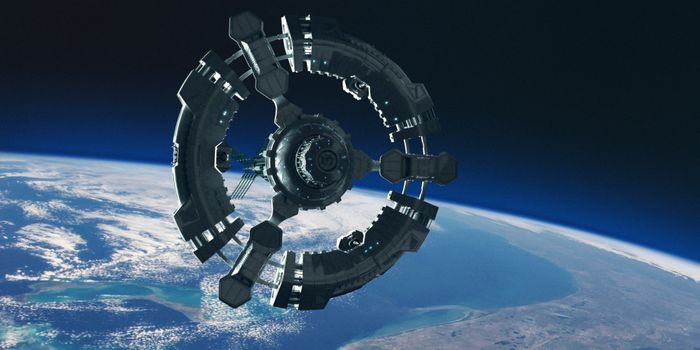2020 Has a Lot of Martian Missions in Store
Space agencies typically send missions to Mars once every several years, depending on the need for scientific exploration and the technological capabilities at that specific point in time. But while we’ve sent missions to Mars before, the year 2020 will see a plethora of different Mars-centric missions, and many are wondering: why so many Mars missions this year?
The answer lies with the convenience of the planetary alignment with the Sun. More specifically, mid-2020 provides a unique opportunity to launch spacecraft to Mars because of a convenient rocket fuel-savings technique that is often referred to as the Hohmann Transfer Orbit. This occurs when Mars’ elliptical orbit around the Sun would intercept a spacecraft launched from Earth in less than a year after launching.
As you might come to expect, Earth’s orbit around the Sun is somewhat elliptical too, and this means that there are periods when Earth and Mars are closer or further away from one another. Space agencies take advantage of the timeframes when the two worlds are closest together to send missions to Mars, as it saves money and takes substantially less time.
The Hohmann Transfer Orbit only presents itself once every few years, and it just so happens that several space agencies have been holding onto Mars-centric missions for just the right time to launch, and 2020 is the soonest launch opportunity.
In addition to NASA’s Perseverance rover (formerly Mars 2020), The European Space Agency plans to launch its ExoMars mission around the same timeframe. In addition, the United Arab Emirates is planning to launch its Hope Mars Mission for July 2020, and China is planning to launch its Huoxing-1 Mission for Mars in the same month.
Future missions will likely follow, but not until the next Hohmann Transfer Orbit opportunity.








